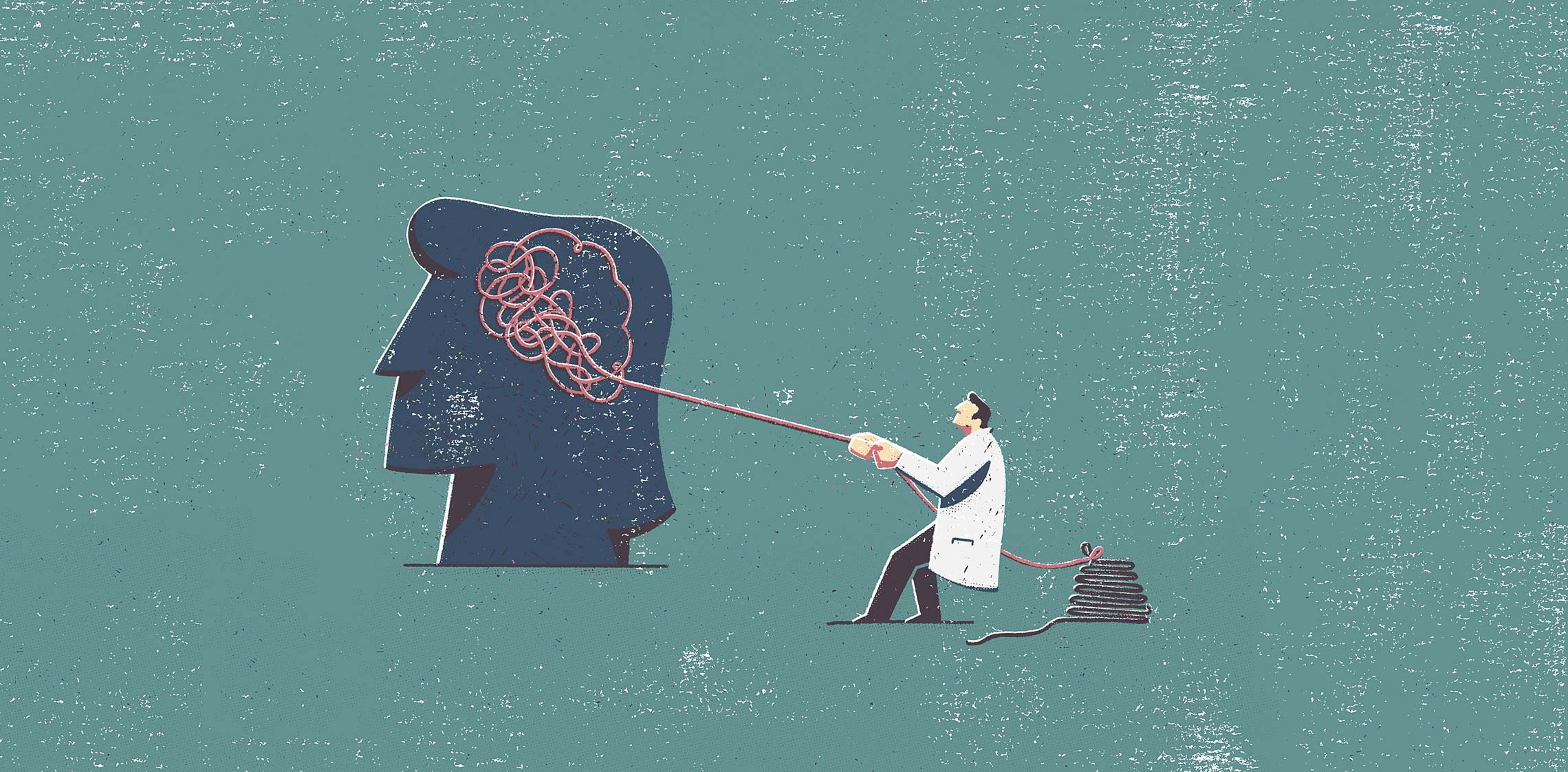The University Grants Commission (UGC), a government agency that regulates and coordinates 867 universities in India, has released a set of guidelines for identifying and punishing cases of plagiarism involving scientific articles, books, dissertations, and theses in the country. One of the new rules, which came into effect at the end of July, states that teachers must use plagiarism detection software to analyze their students’ academic manuscripts. Institutions will also be responsible for training students, teachers, and other staff members on how to use these tools. Advisors and supervisors are responsible for ensuring that their students’ work has been verified by the software. At universities, each department will have to set up a panel to investigate suspected cases of plagiarism. Appeals against the decisions made by these panels will be addressed by a regulatory authority linked to each institution.
Academic plagiarism is defined in the UGC guidelines as “using someone else’s work as one’s own.” The rules, however, allow the problem to be classified into severity levels—the more extensive the plagiarism, the more severe the punishment (see graphic). When less than 10% of a text shares similarities with works by other authors, there are no penalties. When more than 60% of an academic paper has similarities with another work, punishments for students can include expulsion, while teachers or researchers could face a 3-year ban on advising and supervising students. Repeat offenders will be subject to disciplinary proceedings and may be dismissed.
“The regulations are a much-needed step in the right direction,” Virander Chauhan, head of the UGC’s National Assessment and Accreditation Council, told the journal Science. The Indian scientific community, however, reacted to the guidelines with criticism and skepticism. Nuclear physicist Valangiman Subramanian Ramamurthy, former director of the National Institute of Advanced Studies, in Bangalore, believes that establishing a scale with numerous levels is inappropriate. “This is not acceptable. Plagiarism is plagiarism, no matter the extent of the offence,” he told Science. Other researchers, however, consider it normal to take excerpts from other papers in academic manuscripts that do not require originality. “There are a limited number of ways to define centrifugation or a Western blot, and if you leave it to all researchers to paraphrase these, it only leads to more confusion,” Nandula Raghuram, a professor of biotechnology at Guru Gobind Singh Indraprastha University, told Science. He sees no problem with copying up to 90% of a scientific article on specific methods or materials, although he notes that any plagiarism of results or conclusions is intolerable. Raghuram points out another limitation to the rules—there are at least a hundred universities in India not linked to the UGC that will not be required to follow the guidelines.
Precedents
The Indian academic community has suffered several scandals involving plagiarism by research group leaders in recent years. In 2003, theoretical physicist B.S. Rajput, vice chancellor at Kumaun University at the time, resigned after an investigation found that several of his articles contained plagiarized sections. At least one of them, published in the journal Europhysics Letters in 2002, was entirely copied from a paper published in the journal Physical Review D six years earlier by a group from Stanford University in the USA. In 2007, chemist P. Chiranjeevi was banned from supervising students at Sri Venkateswara University after evidence showed that 70 of his articles were at least partially plagiarized. In 2016, Chandra Krishnamurthy, the vice chancellor of Pondicherry University, resigned when it was discovered that a book she had written contained extensive excerpts from other works. She had also included two books on her official résumé that she never actually wrote.
An editorial published in the Hindustan Times newspaper listed some of the causes of the problem, starting with a permissive school culture that allows students to copy information without citing sources, which has worsened in recent years due to easy internet access. In the academic environment, this issue is exacerbated by a lack of rules to firmly combat this type of misconduct and scarce interest in curbing plagiarism. “Higher education institutions, which should push students to strive for originality, actually don’t want to rock the boat and punish those who indulge in plagiarism. The new rules should change that,” the newspaper said. According to Kasturi Chopra, president of the Society for Scientific Values in New Delhi, which is dedicated to promoting ethics in science, the focus on academic plagiarism is insufficient to ensure scientific integrity. “Several forms of academic misconduct, such as self-plagiarism, falsification, or manipulation of data, are not mentioned in the guidelines, which cover only text plagiarism,” Chopra told the journal Nature.
Republish


